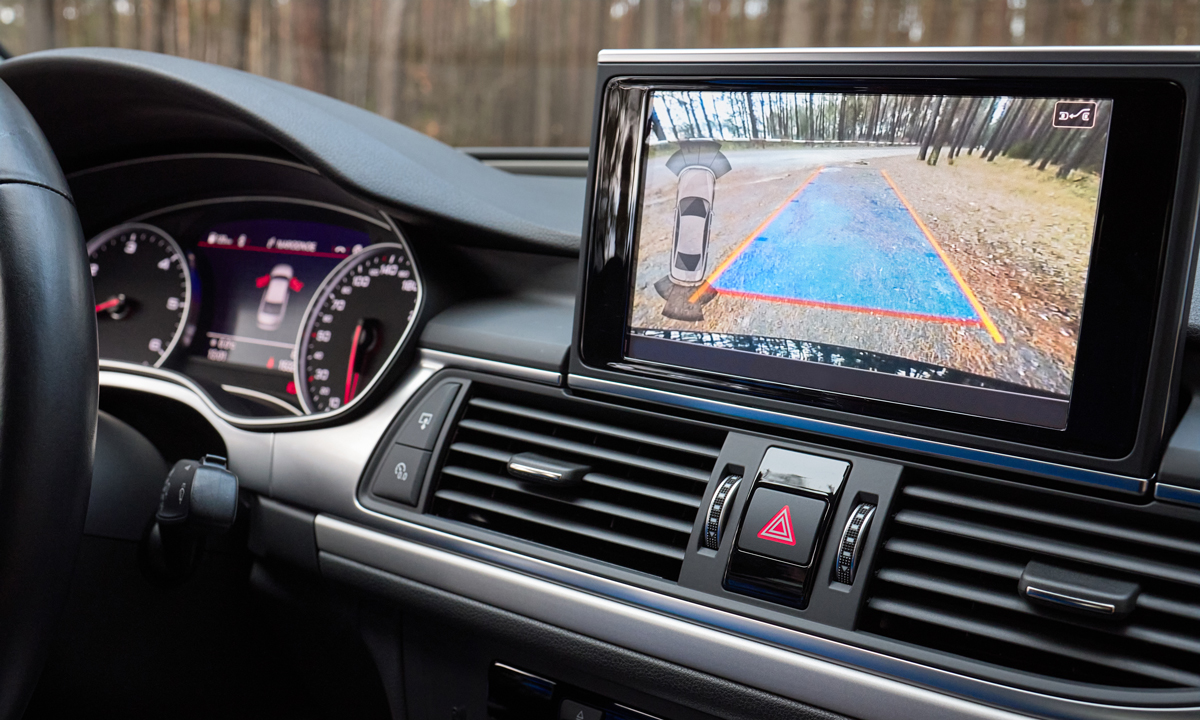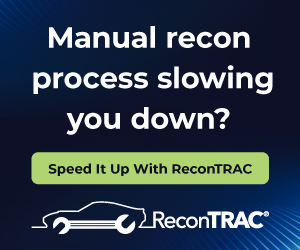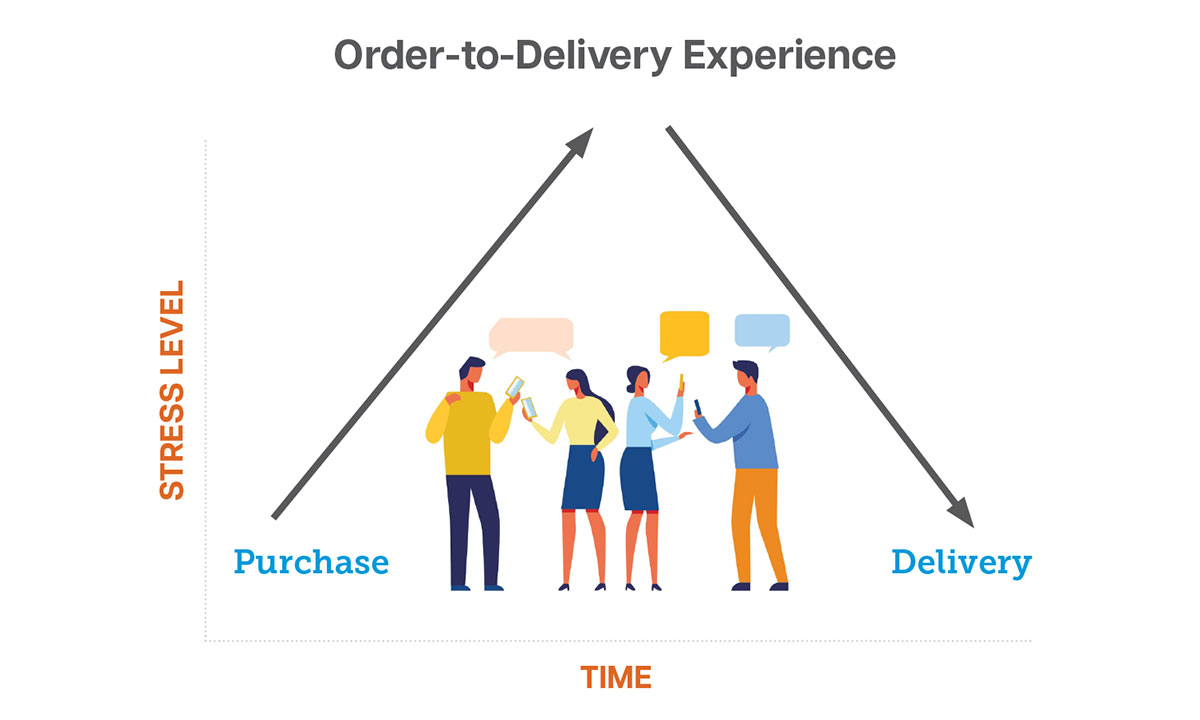The windy, turbulent evolution of driver-assist technology
Since its inception well over 100 years ago, the automobile industry has been an innovation leader.
From the steam engine to the internal combustion engine to the automatic transmission, innovation drove the sector to new heights with each passing decade.
From the early years, the automotive industry recognized the crucial role that safety features like anti-lock brakes, seat belts and air bags played in saving lives.
Today, much of the conversation has turned to driver-assist technology, which is standard in many new vehicles. However, you may not realize how many different components are helping you to be a safe, confident driver.
Adaptive cruise control (ACC) is one big component. It’s an advanced cruise control system that keeps a vehicle a safe distance behind others and within the speed limit. Perhaps the biggest benefit of ACC is that you can relax easier at times knowing you don’t have to constantly press your foot on the gas or brakes.
Lane-assist systems are another component that’s taking the car industry by storm. Some cars like the 2023 Acura TLX have systems that can prevent them from unexpectedly veering into another lane. Other models, like the 2023 Ford Bronco Sport, have systems that constantly keep them centered in their lane.
Parking has become a breeze with parking assist systems through which sensors beep or flash when driving too close to another parked vehicle, while panoramic rear-view cameras help the driver see what’s behind their vehicle.
Other parking systems — including Nissan’s ProPILOT Park — are gradually making their way into vehicles. With the push of a button, these systems take control of vehicles and reverse or parallel park them. Some systems in cars like the Ford Fiesta and Kia EV 6 can take this a step further by driving them in and out of spaces while you’re standing outside.
Undoubtedly, driver-assist technology is developing at a rapid pace. But it’s still a far way off from being able to completely drive vehicles. Changing weather conditions, heavy traffic, small objects, construction zones and other things still pose challenges for this technology.
As such, drivers must still stay focused on the road and maintain control of their vehicles.
Equally as challenging, consumer confidence is a barrier to developing driver-assist technology. Some drivers are reluctant to use it out of fear it won’t work, putting themselves or others at risk.
Others simply enjoy the traditional hands-on driving experience and don’t want it any other way.
In the decades to come, autonomous cars may become a reality on our roadways and have the power to transform our society for the better. Many Canadians with disabilities or mobility issues would be able to travel places themselves and live more independent lives.
The technology promises fewer accidents and better fuel savings as vehicles would travel at more consistent speeds. It’s important to note that driverless vehicles are not allowed in BC and drivers in the province are responsible for every action of their vehicle.
There will be twists, turns and even a few potholes along the road to autonomous vehicles, but safety will always remain paramount as it has been in the long and storied history of the automotive industry.
















